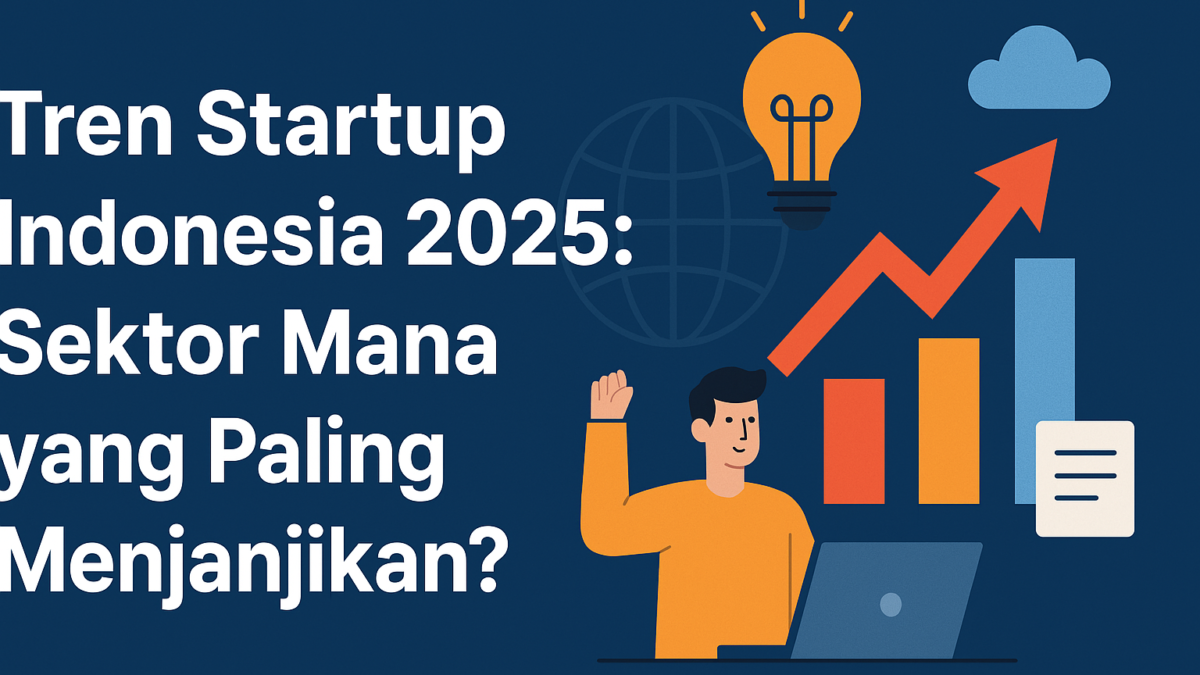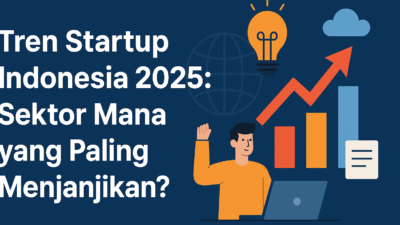
Overview
Customer service is evolving rapidly, driven by advancements in artificial intelligence (AI) and the increasing demand for personalized experiences. While AI brings efficiency and scalability, the human touch remains crucial for building trust and emotional connections. In this article, we’ll explore how AI and human interactions complement and compete with each other in shaping the future of customer service—and what businesses can do to strike the perfect balance.
The Rise of AI in Customer Service
AI is transforming customer service with tools like chatbots, voice assistants, and predictive analytics. These technologies promise to deliver faster, more efficient solutions, often at a fraction of the cost of traditional methods.
Key Benefits of AI in Customer Service:
- 24/7 Availability: AI-powered systems never sleep, ensuring customers receive support anytime.
- Instant Responses: Chatbots and automated systems provide immediate answers to common queries.
- Cost Efficiency: Businesses save on operational costs by automating repetitive tasks.
- Data-Driven Insights: AI analyzes customer behavior and preferences to offer personalized recommendations.
- Scalability: AI can handle thousands of interactions simultaneously, making it ideal for growing businesses.
Example:
E-commerce giant Amazon uses AI-driven customer support to resolve issues like tracking orders or managing returns, reducing wait times significantly.
The Importance of the Human Touch
While AI excels in efficiency, it lacks empathy, creativity, and the nuanced understanding required for complex situations. Human agents play a vital role in providing meaningful and emotionally resonant experiences.
Key Benefits of Human Interaction:
- Empathy and Emotional Support: Humans can understand tone, context, and emotions, making them indispensable for sensitive issues.
- Complex Problem-Solving: For multi-layered or technical problems, human agents offer deeper insights and expertise.
- Building Trust: A genuine conversation with a person fosters stronger brand loyalty.
- Adaptability: Humans can think outside predefined rules, offering creative solutions.
- Cultural Sensitivity: Human agents can navigate cultural nuances that AI might miss.
Example:
Zappos has built its reputation on exceptional customer service, where agents spend hours on calls if needed to resolve issues and make customers feel valued.
AI vs. Human Touch: When to Use Each
When AI Shines:
- Routine Queries: Addressing frequently asked questions or simple requests (e.g., “What’s my order status?”).
- High Volume: Managing peak times with automated systems ensures every customer gets a response.
- Predictive Assistance: Offering proactive solutions based on customer behavior (e.g., suggesting troubleshooting steps before an issue arises).
When Human Agents Excel:
- Escalations: Handling frustrated customers or resolving disputes that require empathy.
- Complex Problems: Diagnosing intricate technical issues or unique scenarios.
- High-Stakes Situations: Negotiating contracts, handling high-value clients, or managing PR-sensitive cases.
The Future: AI and Humans Working Together
The future of customer service isn’t about choosing between AI and human touch—it’s about integrating them seamlessly.
1. Hybrid Customer Service Models
In hybrid systems, AI handles initial customer queries, filtering routine issues and directing complex cases to human agents. This approach maximizes efficiency without sacrificing personal connections.
Example:
Bank of America’s AI assistant, Erica, resolves basic banking queries but seamlessly hands off to human agents for more complicated financial advice.
2. AI Augmenting Human Agents
AI tools can assist human agents by providing real-time suggestions, customer histories, and sentiment analysis, enabling agents to respond more effectively.
Example:
Customer service platforms like Zendesk use AI to surface relevant information during live interactions, allowing agents to focus on problem-solving rather than data retrieval.
3. Personalized AI Solutions
AI is becoming increasingly adept at mimicking human-like interactions through natural language processing (NLP) and emotional intelligence (EI). While these systems aren’t a replacement for humans, they enhance customer satisfaction in specific scenarios.
Example:
Google Duplex uses conversational AI to schedule appointments or make reservations in a way that feels almost human.
Challenges in Balancing AI and Human Touch
1. Over-Automation
Relying too heavily on AI can frustrate customers who feel their concerns are too complex for automated systems.
Solution: Always provide an easy option to escalate to a human agent.
2. Maintaining Empathy in Digital Channels
AI lacks genuine empathy, which can lead to impersonal interactions.
Solution: Use AI to handle repetitive tasks and free up human agents for empathy-driven conversations.
3. Training and Integration
AI tools require significant investment in training and integration to function effectively alongside human teams.
Solution: Invest in platforms that offer seamless integration and provide regular training for your human agents on using AI tools.
Practical Steps for Businesses
- Evaluate Customer Needs: Analyze which interactions can be automated without compromising quality.
- Choose the Right AI Tools: Platforms like ChatGPT, Intercom, or Freshdesk offer scalable solutions for customer support.
- Train Your Team: Teach human agents to collaborate with AI tools for faster and more accurate problem resolution.
- Measure Effectiveness: Use metrics like customer satisfaction scores (CSAT) and first response time (FRT) to evaluate the success of your hybrid model.
- Iterate and Improve: Regularly review customer feedback to refine your balance between AI and human touch.
Final Thoughts
The future of customer service lies in the thoughtful integration of AI and human touch. While AI brings unparalleled efficiency and scalability, the human element ensures empathy and trust remain at the heart of customer interactions. Businesses that master this balance will not only meet but exceed customer expectations in an increasingly digital world.
The question isn’t whether to choose AI or humans—it’s how to blend them effectively to create exceptional customer experiences. Is your business ready for this future?















